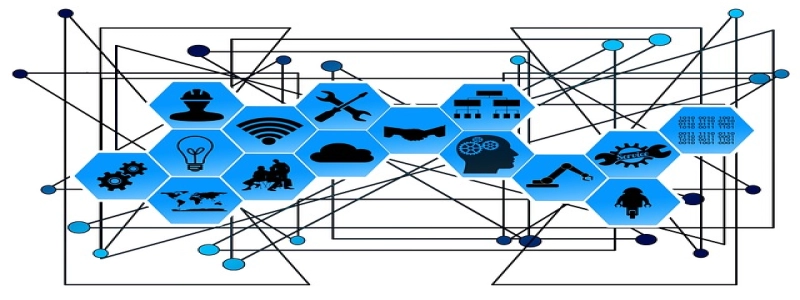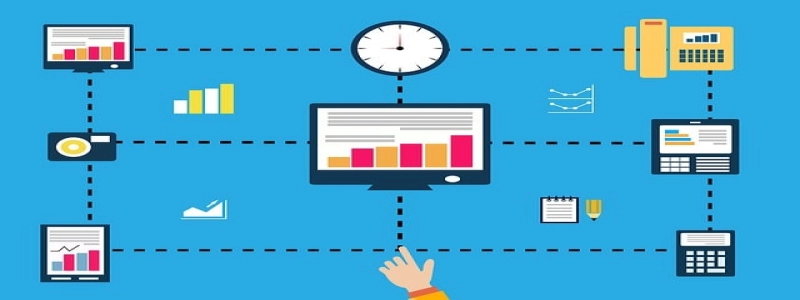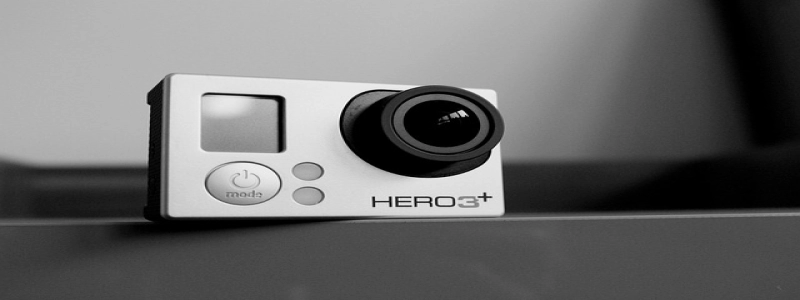Transponder vs Transceiver
I. Sissejuhatus
In the world of telecommunications and data transmission, two important devices play a crucial role – the transponder and the transceiver. Although they may sound similar, these devices serve distinct purposes and are utilized in different applications. Selles artiklis, we will delve into the differences between transponders and transceivers, and explore their respective functions in various fields.
II. What is a Transponder?
A transponder, short for transmitter-responder, is a device that receives signals and retransmits them at a different frequency or power level. It acts as a passive receiver and responder, transponding the received signals back to the sender. This technology is commonly used in aviation, where aircrafts use transponders to identify themselves to air traffic control radar systems. Lisaks, transponders are utilized in satellite communications, where they play a crucial role in relaying signals between ground stations and satellites.
III. How Does a Transponder Work?
Transponders consist of three main components – a receiver, a transmitter, and a responder. The receiver captures incoming signals, which are then processed and decoded. The transmitter takes the decoded information and retransmits it, typically at a different frequency or power level. Lõpuks, the responder ensures that the transmitted signals are accurately received by the requester. This process allows for efficient and reliable communication between two or more parties.
IV. What is a Transceiver?
On the other hand, a transceiver, short for transmitter-receiver, is a device that combines both the functionalities of a transmitter and a receiver into a single unit. It is commonly used in telecommunications and computer networks for data transmission. Transceivers are found in various devices, such as routers, lülitid, and network interface cards, enabling seamless communication between different devices within a network.
V. How Does a Transceiver Work?
Transceivers utilize a combination of modulation techniques to convert data into electrical signals that can be transmitted over a medium, such as an optical fiber or a copper wire. On the receiving end, the transceiver demodulates the electrical signals back into the original data form. This bidirectional functionality allows for simultaneous transmission and reception of data, ensuring efficient communication within a network.
VI. Key Differences
To summarize, the main differences between transponders and transceivers can be outlined as follows:
1. Funktsionaalsus: Transponders receive and retransmit signals, while transceivers combine both transmitting and receiving capabilities.
2. Rakendused: Transponders are commonly used in aviation and satellite communications, while transceivers are utilized in telecommunications and computer networks.
3. Komponendid: Transponders consist of a receiver, a transmitter, and a responder, whereas transceivers contain both transmitter and receiver components within a single device.
VII. Järeldus
Kokkuvõtteks, transponders and transceivers are essential devices in the field of telecommunications and data transmission. While transponders receive and retransmit signals, transceivers combine both transmitting and receiving capabilities. Understanding the differences between these devices is crucial in choosing the appropriate technology for various applications. Whether it is in aviation, satellite communications, or computer networks, transponders and transceivers continue to revolutionize the way we communicate and transmit data efficiently.








